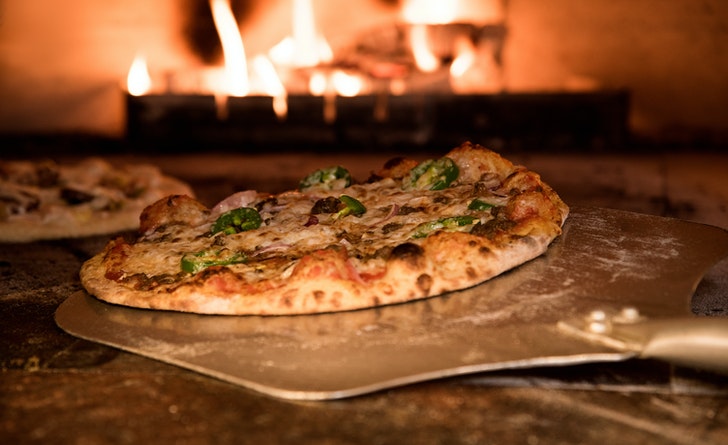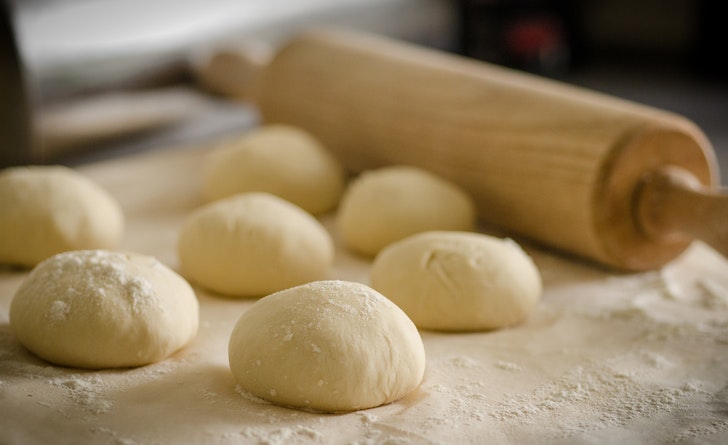Who doesn’t love pizza? It’s a delicious meal option that everyone can easily make or buy/order from a pizzeria but we cannot deny that it’s a lot of fun making it from scratch. If you’ve made pizza at home before, then you’d know that doughs require a lot of kneading and rest so it benefits the most from the yeast added. However, what if the yeast isn’t added at all? It’d save so much time and energy. Well, it seems like scientists might’ve come up with a solution for just that.

Eneida Nieves/Pexels | This could be great for saving time and for people with yeast allergy or intolerance
The Published Paper
In the Journal of Physics of Fluids, a paper was published that stated that an agent has been created that can help the dough rise exactly how yeast would. Scientists have carried out tests on small baked disks that are 10 millimeters in diameter, and don’t have any toppings. However, the important point about these tiny topping-less pizzas is that they taste exactly like dough with yeast. The man behind this discovery, Ernesto Di Maio, mentioned that in their tests, the dough became crusty and soft, just like any other pizza dough.
The Expert’s Opinion
We’ve now heard the scientists hail this new discovery as the future of pizza-making but what do the chefs have to say about it? Francisco Migoya, head chef at Modernist Cuisine, expressed his doubts regarding the taste of the dough. He explained that yeast is more than an ingredient needed for baking for the dough to rise. He said that yeast adds to the flavor and aroma of the dough too. Alessio Cappelli, a food technologist, also expressed reservations over the taste of the new yeast-free dough and doubts that the new invention would become mainstream.

Narda Yescas/Pexels | Ouch, these statements might be tough but they are true
How Do You Make Yeast-Free Dough?
When it comes to making classic Neapolitan pizza, your dough will require basic ingredients like flour, salt, water, yeast, and sugar. However, scientists managed to find a way to make the dough rise without yeast; they did it by adding the yeast-free dough into an oven-size autoclave, which is a pressurized oven used for sterilization. They, then pump gas into the dough and set the pressure high enough to make it rise without cracking.

Skitterphoto/Pexels | It is a tedious process but it has potential
What are your thoughts? Would you try this pizza or would you prefer regular pizzas baked with yeast?





